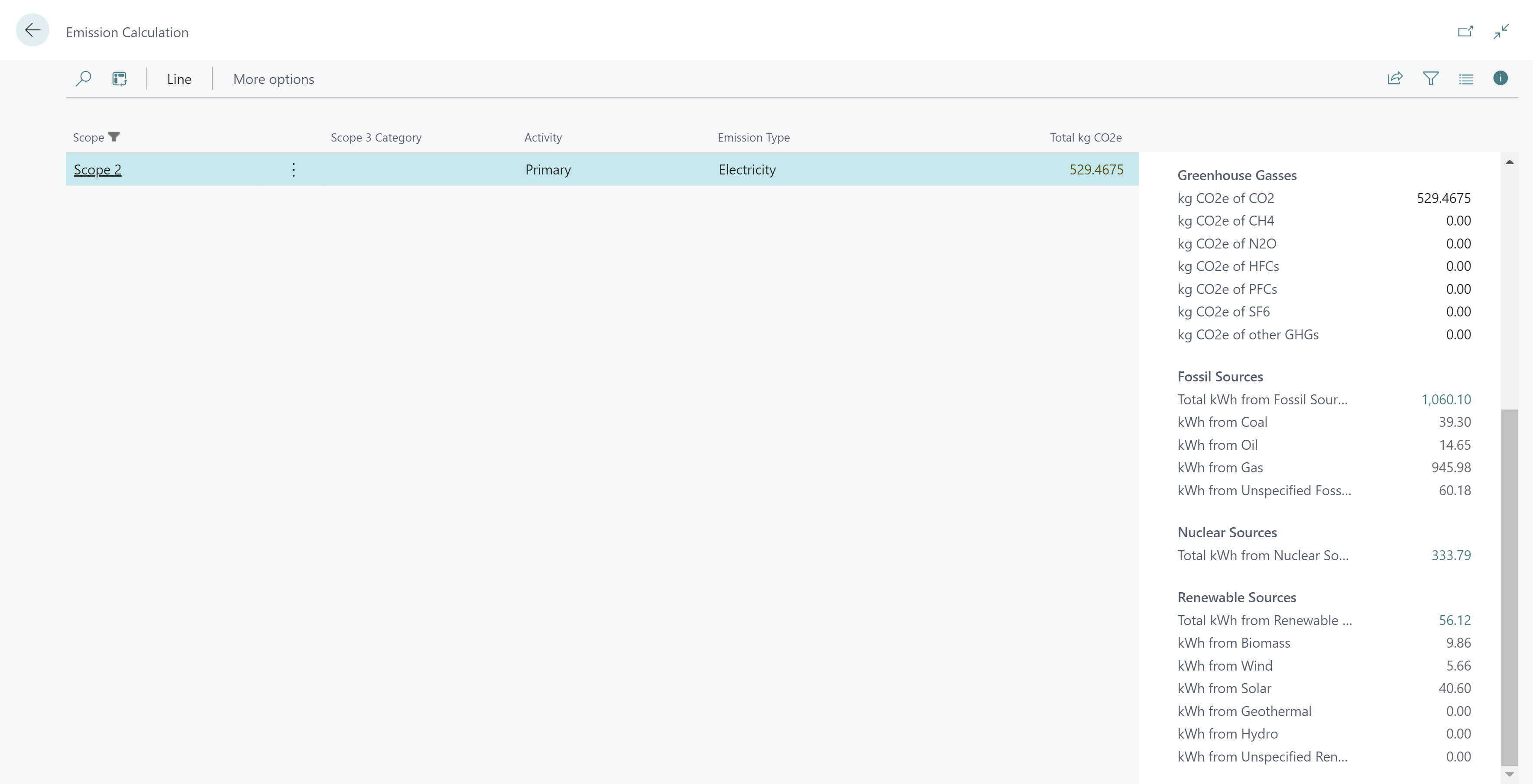General FAQ
In this section, you can find answers to some of the most frequently asked questions about Continia Sustainability. The answers provide information on anything from availability to zero-cost trials and also include multiple links to other sites with more information.
Is Continia Sustainability available in my country?
Continia Sustainability is available in numerous countries and languages. You can find the complete lists here.
How do I get Continia Sustainability?
Continia works through a network of specialized partners who are also Microsoft Dynamics 365 Business Central experts. Contact your Continia partner to get started quickly.
See also: Finding a reseller of Continia Sustainability.
You can also start with a free 30-day trial or set up a sandbox environment. For more information, see Continia Sustainability Trials and Subscriptions.
Where do I go if I have questions?
If you have any questions about Continia Sustainability that you can't find answers to in this documentation, you’re more than welcome to ask your Continia partner.
See Resources for Help and Support and Resellers and Partners for more information.
What does it cost to use Continia Sustainability?
The cost of using Continia Sustainability for Microsoft Dynamics 365 Business Central online depends on how many modules you choose and how many posted transaction lines you send to and receive from your bank. For Business Central on-premises, the cost is based on other parameters, which you can find in the link below.
You can find detailed information on pricing for both online and on-premises usage here.
How can I tell if the data is correct?
You can check the accuracy of the data by using the zoom-in function in the Environmental Journal. Simply select the kgCO₂e column, and you'll find detailed information, including the quantities used for calculations, any unit conversions, the emission factors, and the specific dataset and version related to each value. For more information, refer to the Working with environmental journals article.


What if my suppliers don’t provide emission data?
If your suppliers, vendors, or customers don’t share the necessary emission data, don’t worry! You can use industry-average values to estimate your emissions instead. Plus, you can find helpful emission factors already included in Continia Sustainability to make this process even easier. For more information, read the article on the Emission Factor Sets in Continia Sustainability.
What is the difference between market-based and location-based?
The GHG Protocol requires companies to use both market-based and location-based approaches for reporting electricity purchases. The market-based approach reflects emissions from consumer choices in energy suppliers, while the location-based approach shows the average emissions intensity of the energy grid where consumption occurs, providing a clearer picture of actual emissions. In more detail the differences are:
Market-based - this method reflects emissions based on consumer choices of energy suppliers and the sources of energy purchased. While it provides detailed insights into emissions linked to purchasing decisions, it may not fully capture actual emissions due to lifecycle impacts. Companies report emissions using:
- Renewable Energy Certificates (RECs) or Guarantees of Origin (GOs).
- Power Purchase Agreements (PPAs) for green energy.
- Supplier-specific emission factors.
- Residual mixes from untracked energy.
Location-based - this method reflects the average emissions intensity of the energy grid where consumption occurs, using statistical emissions data. This approach offers a clearer picture of actual emissions and encourages companies to reduce their overall electricity consumption, revealing the emissions they contribute directly to the atmosphere. Preferred emission factors include:
- Regional or subnational emission factors.
- National production emission factors.
Tracking both market-based and location-based emissions is essential for a comprehensive understanding of a company's carbon footprint. For more information, refer to the Calculations in Continia Sustainability article.